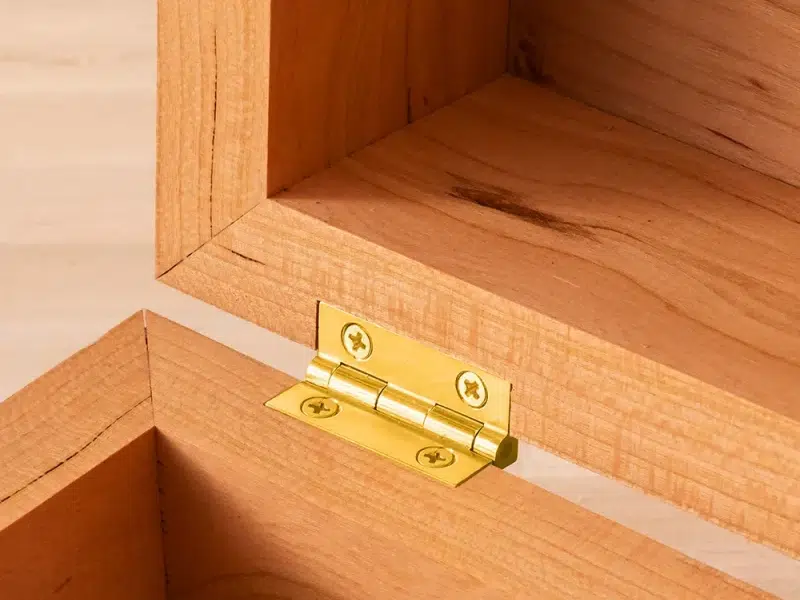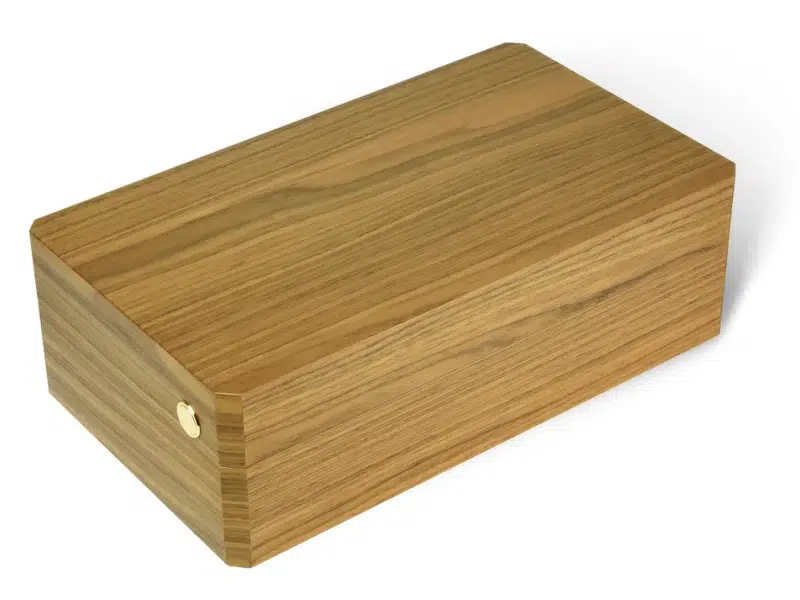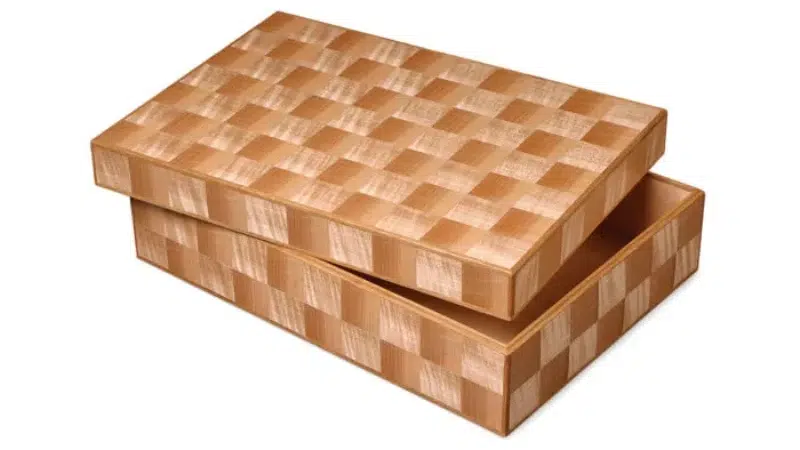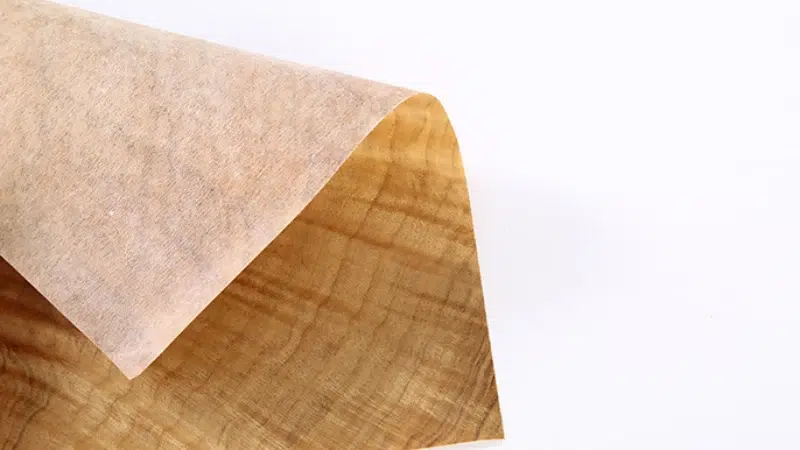
Ensuring the durability of hinges and joints in watch boxes is crucial for maintaining product quality and customer satisfaction.
Evaluating hinge and joint durability involves simulating long-term use, assessing material compatibility, and inspecting craftsmanship to ensure lasting performance.
A watch box's longevity and functionality heavily depend on the robustness of its hinges and joints. Implementing thorough testing protocols during sample evaluations can identify potential weaknesses and guide improvements.
What physical tests can simulate long-term opening and closing of the box?
To assess the durability of hinges and joints1, it's essential to replicate the stresses they would encounter over extended use.
Recommended Tests:
-
Teste de ciclo2: Repeatedly open and close the watch box to simulate daily use over years. Automated machinery can perform thousands of cycles to identify potential failures.
-
Load Testing3: Apply pressure to the lid in various positions to evaluate the joint's ability to withstand forces beyond typical usage.
These tests help predict the lifespan of the hinges and joints under normal and adverse conditions.
How do you check for smooth hinge movement without loosening or squeaking?
Smooth operation of hinges is vital for user satisfaction and perceived quality.
Evaluation Methods:
-
Manual Operation: Open and close the box slowly to detect any resistance, noise, or irregular movement.
-
Lubrication Assessment4: Ensure hinges are appropriately lubricated without excess, which can attract dust and cause wear.
-
Wear Observation5: After cycle testing, inspect hinges for signs of wear that could lead to loosening or squeaking.
Consistent smooth movement indicates well-designed and properly installed hinges.
What signs of poor craftsmanship or weak joints should raise concern?
Identifying flaws early can prevent structural failures and maintain product integrity.
Warning Signs:
-
Visible Gaps6: Inconsistent spacing between joints suggests poor alignment or assembly.
-
Misaligned Components7: Parts that don't fit flush may indicate inaccuracies in manufacturing.
-
Excessive Use of Fillers8: Overuse of wood fillers can mask gaps or defects, pointing to subpar craftsmanship.
Addressing these issues during sample testing ensures the final product meets quality standards.
Can material compatibility between hinges and wood affect long-term strength?
The interaction between hinge materials and the wood substrate significantly impacts durability.
Considerations:
-
Corrosion Resistance9: Metals like brass offer superior corrosion resistance, enhancing longevity, especially in varying climates. :contentReference[oaicite:0]{index=0}
-
Wood Hardness10: Softer woods may not hold screws as securely, leading to loosening over time.
-
Thermal Expansion11: Different expansion rates between materials can cause joint stress, especially in fluctuating temperatures.
Selecting compatible materials ensures the structural integrity of the watch box over time.
How do you test the alignment and flush closing of the lid under repeated use?
Proper alignment12 ensures both aesthetic appeal and functional performance.
Testing Procedures:
-
Visual Inspection: Check for uniform gaps around the lid when closed.
-
Functional Testing: Repeatedly open and close the lid to observe any shifts in alignment.
-
Measurement Tools: Use calipers to measure gaps and ensure consistency within tight tolerances.
Maintaining alignment through repeated use reflects high-quality construction.
What role does screw type or adhesive quality play in joint durability?
The choice of fastening methods directly influences the strength and longevity of joints.
Key Factors:
-
Screw Selection13: Using screws with appropriate length and thread type ensures a secure hold without damaging the wood.
-
Adhesive Quality14: High-quality wood adhesives contribute significantly to joint strength, especially in dovetail or mortise and tenon joints.
-
Combined Methods15: Employing both mechanical fasteners and adhesives can enhance joint durability.
Proper fastening techniques are essential for constructing robust and long-lasting watch boxes.
Conclusão
Thorough testing and careful material selection are vital for ensuring the durability of hinges and joints in watch boxes, leading to a high-quality product that stands the test of time.
Nome da marca: WoodoBox
Slogan: Caixas de madeira personalizadas, fabricadas na perfeição
Sítio Web: www.woodobox.com
-
Learning about hinge and joint durability testing methods can enhance your knowledge of product reliability and design. ↩
-
Understanding Cycle Testing can provide insights into how durability is measured and the importance of simulating real-world usage. ↩
-
Exploring Load Testing will reveal how pressure impacts the longevity of hinges and joints, crucial for product design. ↩
-
This resource will provide insights on the right lubrication techniques to enhance hinge functionality and longevity. ↩
-
Understanding wear signs can help you maintain hinges effectively, ensuring they operate smoothly and last longer. ↩
-
Understanding the impact of visible gaps can help you assess product quality and durability. ↩
-
Exploring this topic can provide insights into the importance of precision in manufacturing. ↩
-
Learning about fillers can reveal hidden defects and the overall quality of craftsmanship. ↩
-
Understanding corrosion resistance can help you choose the best hinge materials for durability and longevity in wood applications. ↩
-
Exploring wood hardness will provide insights into how it influences hinge performance and longevity in your projects. ↩
-
Learning about thermal expansion can help you prevent joint stress and ensure the longevity of your woodworking projects. ↩
-
Understanding alignment testing can enhance product quality and performance, ensuring durability and user satisfaction. ↩
-
Understanding screw selection can greatly enhance your woodworking skills and ensure stronger joints. ↩
-
Exploring adhesive quality will help you choose the best products for durable woodworking projects. ↩
-
Learning about combined methods can lead to more resilient and long-lasting joints in your projects. ↩





